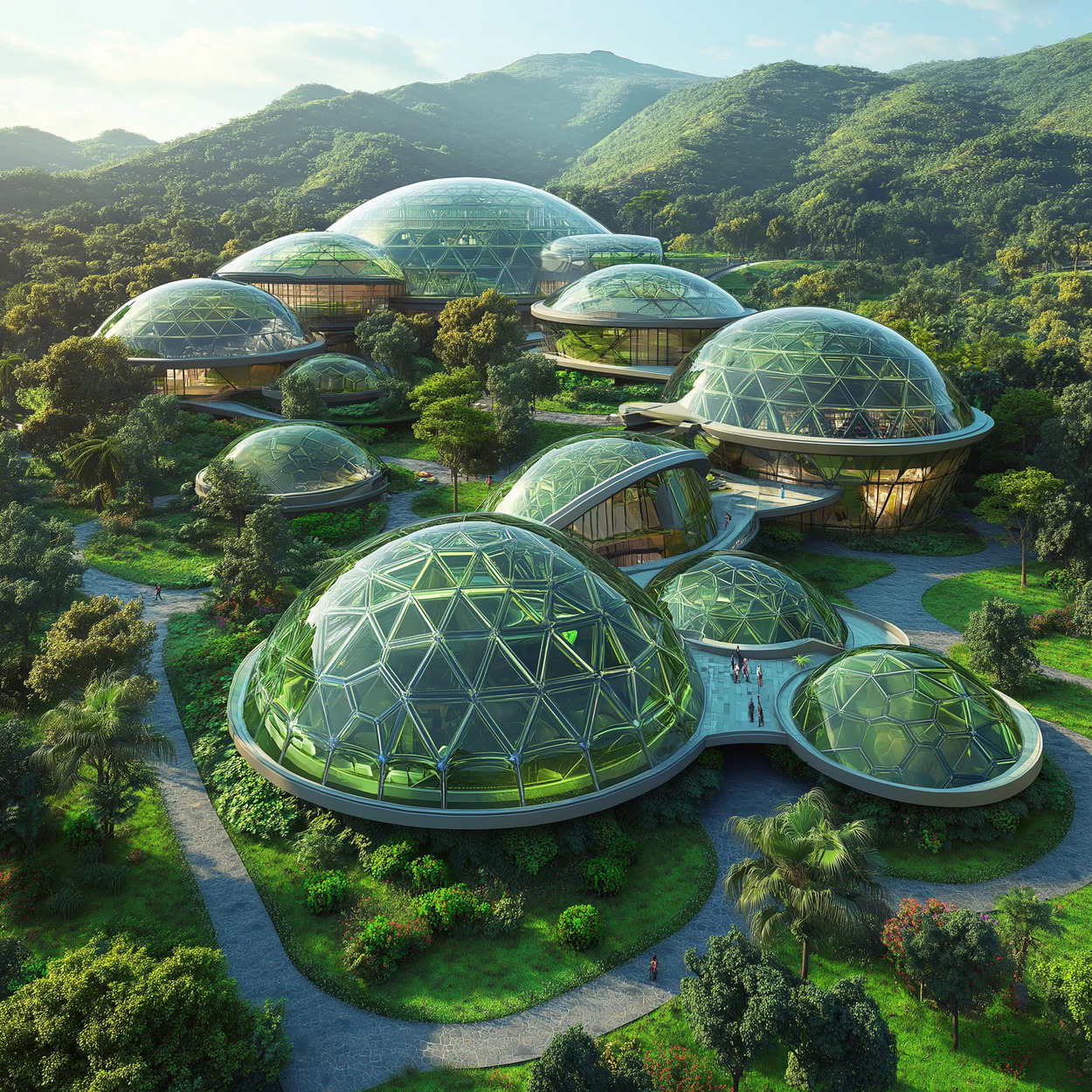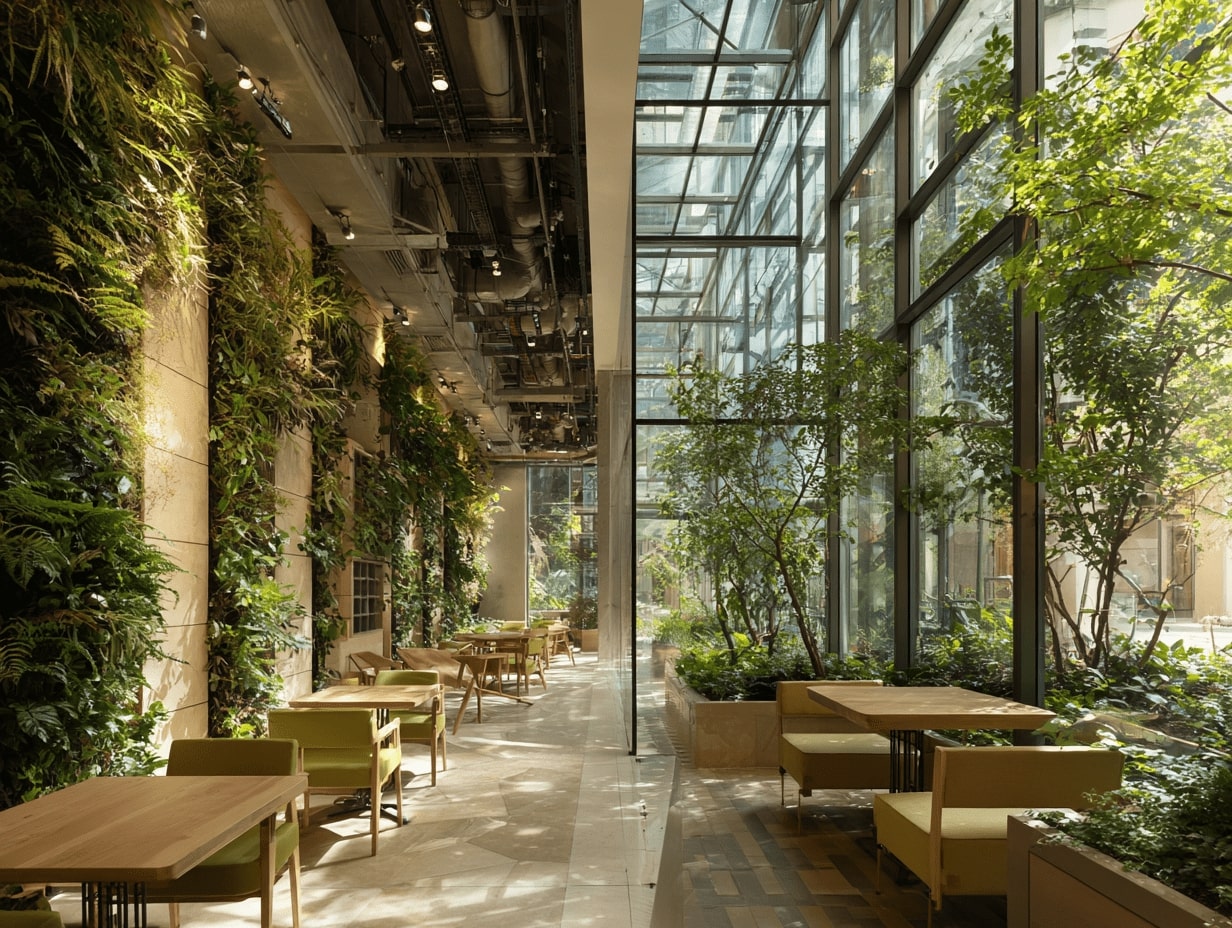- Home
- Articles
- Architectural Portfolio
- Architectral Presentation
- Inspirational Stories
- Architecture News
- Visualization
- BIM Industry
- Facade Design
- Parametric Design
- Career
- Landscape Architecture
- Construction
- Artificial Intelligence
- Sketching
- Design Softwares
- Diagrams
- Writing
- Architectural Tips
- Sustainability
- Courses
- Concept
- Technology
- History & Heritage
- Future of Architecture
- Guides & How-To
- Art & Culture
- Projects
- Interior Design
- Competitions
- Jobs
- Store
- Tools
- More
- Home
- Articles
- Architectural Portfolio
- Architectral Presentation
- Inspirational Stories
- Architecture News
- Visualization
- BIM Industry
- Facade Design
- Parametric Design
- Career
- Landscape Architecture
- Construction
- Artificial Intelligence
- Sketching
- Design Softwares
- Diagrams
- Writing
- Architectural Tips
- Sustainability
- Courses
- Concept
- Technology
- History & Heritage
- Future of Architecture
- Guides & How-To
- Art & Culture
- Projects
- Interior Design
- Competitions
- Jobs
- Store
- Tools
- More
Why Architecture Needs a Social Conscience for Better Communities and Sustainable Design
Discover why architecture must embrace a social conscience in our latest article. Explore how thoughtful design shapes communities, enhances inclusivity, and tackles pressing social issues. From the historical significance of the Arts and Crafts movement to modern projects like The High Line and Bosco Verticale, we highlight examples where architecture fosters connection and sustainability

Architecture shapes our environments and influences our lives in profound ways. As we navigate through urban landscapes and public spaces, we often overlook the responsibility that comes with design. It’s not just about aesthetics or functionality; architecture has the power to foster community, promote inclusivity, and address pressing social issues.
In today’s rapidly changing world, we must prioritize a social conscience in architecture. By focusing on the needs of diverse populations and creating spaces that reflect our shared values, we can enhance the quality of life for everyone. Let’s explore why this shift is essential and how it can lead to more sustainable and equitable communities.

Table of Contents
ToggleThe Importance Of Social Conscience In Architecture
Architecture significantly influences our environments and societies. A design that incorporates a social conscience fosters community bonds, promotes inclusivity, and addresses pressing social challenges.

Historical Perspectives
Architectural movements throughout history illustrate the integration of social conscience. The Arts and Crafts movement, for instance, emerged in the late 19th century, prioritizing craftsmanship and community over industrialization. Figures like Frank Lloyd Wright emphasized harmonious living with nature, advocating for designs that consider human and environmental welfare. Moreover, post-World War II architecture often aimed at rebuilding communities and providing affordable housing, reflecting a shift towards addressing social needs.
Contemporary Examples
Modern architecture increasingly emphasizes social responsibility. Projects like The High Line in New York City transform neglected urban spaces into thriving public parks, enhancing community interaction. The Bosco Verticale in Milan features residential towers that incorporate greenery, promoting environmental sustainability while fostering community living. Additionally, initiatives like Habitat for Humanity prioritize affordable housing, demonstrating how architecture can respond to social imperatives and improve the quality of life for underprivileged populations.
Impact On Communities
Architecture profoundly shapes our communities, influencing social interactions and quality of life. Through thoughtful design, we can cultivate inclusive, vibrant spaces that meet the diverse needs of our populations.

Enhancing Public Spaces
Enhancing public spaces fosters community engagement and social cohesion. Well-designed parks, plazas, and gathering areas encourage interaction among residents and promote inclusivity. For instance, successful urban parks in cities like Chicago not only provide recreational opportunities but also serve as venues for cultural events and community activities. By prioritizing accessibility and functionality, architects create environments that belong to everyone, ensuring that public spaces meet the needs of all community members.
Addressing Housing Needs
Addressing housing needs directly impacts community stability and well-being. Architects must consider affordability and accessibility in their designs to support various socioeconomic groups. Projects like mixed-income housing developments exemplify this approach by integrating different housing types within the same community. Such designs not only provide shelter but also promote diversity and economic stability. As a result, thoughtful housing solutions contribute to the overall health and resilience of neighborhoods, strengthening community bonds and reducing isolation.
Sustainable Design Practices
Sustainable design practices incorporate principles that consider economic, environmental, and social dimensions. By prioritizing these aspects, architecture can create spaces that meet present needs without compromising future generations.

Economic Considerations
Sustainable architecture promotes economic resilience by reducing operating costs and increasing property values. Implementing energy-efficient systems, such as LED lighting and high-performance insulation, leads to significant savings on utility bills. Using locally sourced materials also supports regional economies and minimizes transportation expenses. Investments in sustainable practices often yield long-term financial benefits and can enhance marketability by attracting environmentally conscious clients or occupants.
Environmental Responsibility
Environmental responsibility forms the core of sustainable design. Architects can minimize ecological footprints by integrating renewable energy sources, like solar panels and wind turbines, into their projects. Utilizing water-efficient fixtures and native landscaping reduces water consumption and enhances biodiversity. Sustainable buildings often incorporate features like green roofs, which improve air quality and decrease urban heat. Emphasizing life-cycle assessments enables architects to understand a building’s environmental impact from inception to demolition, fostering designs that promote ecological integrity and resource conservation.
The Role Of Architects
Architects play a crucial role in shaping spaces that reflect ethical standards and community values. They hold positions of influence, enabling them to address social concerns through thoughtful design.

Ethical Responsibilities
Architects maintain ethical responsibilities that extend beyond mere design elements. They must consider the implications of their work on society, valuing inclusivity and accessibility. By prioritizing the welfare of all community members, architects create environments that encourage participation and foster social equity. A responsible architectural approach pushes for sustainable practices, integrating environmentally friendly materials and energy-efficient solutions. Professional organizations, such as the American Institute of Architects (AIA), emphasize a commitment to ethical practices, reinforcing the idea that architecture can positively impact social structure and community wellbeing.
Engaging With Communities
Engaging with communities forms a fundamental aspect of architectural practice. Architects should actively involve local populations throughout the design process to understand their needs and desires. Listening sessions and workshops facilitate open dialogues, ensuring voices from diverse backgrounds are heard. Architects benefit from this engagement by creating spaces that truly reflect community identity and enhance social cohesion. For example, community-driven projects like The High Line not only address urban revitalization but also allow residents to reclaim and enjoy public spaces. By prioritizing community involvement, we enhance the relevance and functionality of our designs, ultimately leading to healthier, more inclusive environments.
Conclusion
Architecture shapes our environments and lives profoundly. It must prioritize social conscience to address the varied needs of communities effectively. Designers can foster inclusivity, encourage participation, and respond to social issues. By engaging with communities, architects can reflect shared values in their work.
Historical architectural movements, like the Arts and Crafts movement, remind us of the importance of community-focused design. Leaders such as Frank Lloyd Wright integrated nature into their work, prioritizing human welfare over simple aesthetics. They set a precedent for today’s architects to create spaces that enhance well-being.
Modern examples, such as The High Line in New York City and Bosco Verticale in Milan, showcase the impact of socially responsible architecture. These projects illustrate how thoughtful design revitalizes urban environments and improves quality of life. Initiatives like Habitat for Humanity demonstrate architecture’s role in addressing social needs and elevating living conditions for underserved populations.
Good architecture relies on well-designed public spaces to facilitate social interaction and community building. Successful urban parks, including those in Chicago, serve as essential gathering places that enrich cultural life. Promoting affordable and accessible housing through mixed-income developments can solidify economic stability and diversity.
Sustainable architectural practices play a crucial role in addressing current and future needs. By incorporating environmental, economic, and social considerations, we create spaces that conserve resources and enhance ecological integrity. Life-cycle assessments help us evaluate the broader impact of our designs, ensuring that we prioritize sustainability.
Architects carry ethical responsibilities, extending their influence beyond aesthetics to inclusivity and accessibility. Prioritizing community welfare leads to environments that invite participation and foster social equity. When we engage local populations in the design process, we empower them and encourage designs that resonate with their identity. Projects driven by community input, like The High Line, exemplify the transformative power of architecture to create healthier, more inclusive environments.
- architecture social responsibility
- community engagement in design
- community-centered urban design.
- community-focused architecture
- eco-conscious architecture
- eco-friendly building design
- environmental design practices
- environmental sustainability in architecture
- ethical architecture practices
- green architecture innovations
- Green building strategies
- responsible architectural design
- social impact architecture
- socially conscious design
- socially responsible architecture firms
- sustainable architecture
- sustainable community development
- sustainable neighborhood design
- sustainable urban planning
Submit your architectural projects
Follow these steps for submission your project. Submission FormLatest Posts
Top Sustainable Surface Materials Every Designer Should Know
Explore sustainable surface materials with a designer-ready scorecard: carbon, toxins, durability, circularity,...
Eco-Friendly Floor Coverings: Smart Choices for a Greener Home
Eco-friendly floor coverings made simple: discover sustainable materials, trusted certifications, and room-by-room...
What are Biodomes?
Biodomes are transforming architecture by blending ecological science with advanced design to...
The Quiet Revolution of Biophilic Design
Biophilic design is reshaping homes, workplaces, and cities—backed by evidence. Learn core...












Leave a comment